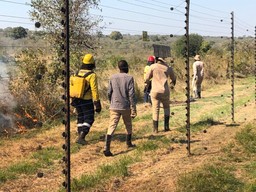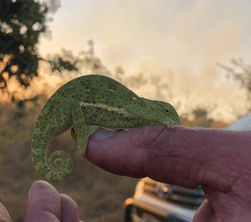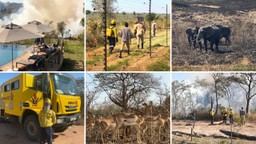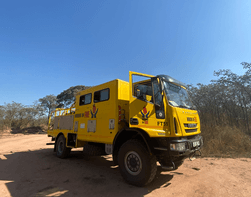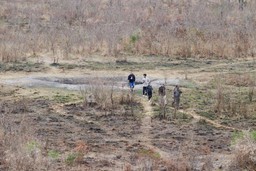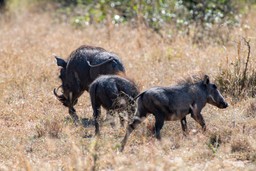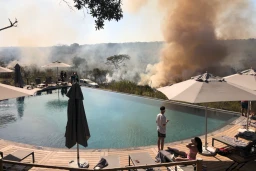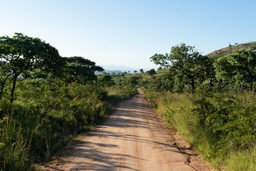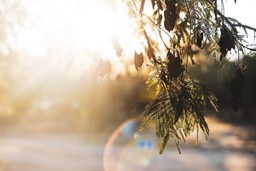Winter months in Kruger National Park consist of unique multifaceted characteristics filled with various intriguing aspects, making it such a wonderful time to visit the Park.
Most of us are aware that fire plays an integral role as one of nature’s basic elements and therefore it is crucial to understand its effects on the bush and wildlife in order to manage it effectively.
Mdluli Safari lodge with the support of SANParks & Working on Fire embarked on the burning of some fire breaks around infrastructure of the lodge and the fighting of some wild fires burning into the Park from rural communal areas on the western boundary of the Park. These wild fires occur annually as communities lit fires to improve the grazing for their livestock.
Controlled fires are a big component of winter and the importance thereof is to burn old coarse grass and stimulate the growth of new green grass. The science of controlled fire is quite complicated and Kruger has its own fire management systems that controls these fires every year to ensure that the process runs as smoothly as possible.
Nature is well equipped and can adapt to handling these fires and benefit from it afterwards. Of course it comes with certain challenges where smaller animals such as turtles, snails, frogs, insects and so forth will suffer more from fire. Other animals such as birds, will harvest the damage and will hunt among the flames for fleeing insects.
Later, other predators and bait will come looking for weakened prey. Large mammals on the other hand can usually get away from fire quite easily, but often when it comes to small calves, such as elephants, they might struggle to follow their mother as quickly and not make it.
Herbivores instinctively know that fire brings new grass that is more digestible than coarse, old, dry & hard material. Zebras, buffalo, white rhino and impala will move in after a few weeks or the surrounding dew or rain will stimulate the young grass. Many animals also enjoy burnt cellulose and carbohydrates, just as humans enjoy fried bread and meat. A herd of animals will also graze more safely on the open burned areas because the predators cannot ambush them there. Many plant seeds germinate better with fire.
Tourists often do not understand the value and importance of fire in general and from an aesthetic point of view it does not necessarily attract them. But, just like water and other important elements, it remains part of the earth’s history and serves a very important role in nature to contribute to biodiversity.
Plants are usually deciduous during the dry winter season. The nutrients are stored in the water and bark and that is typically why elephants will do their best to get to the bark with their teeth. Porcupines also have this strategy. Warthogs will graze for roots with their snouts. The moment when the environment starts to experience a bit of rain, the days get longer, the sun climbs higher on the horizon, that is the time when many flower buds are stimulated to start to bloom again.
The winter season in its dry and dull state, where fire seems to disrupt the ecosystem is essential the start of rebirth.
It reminds us that new life will come to light and we will see the world through new eyes. When we look around us, towards nature, a certain peaceful rhythm teaches us how patience creates a consolation for the uncertain moments.
Nature changes every year, seasons come and seasons go, but every day we know that despite the changes and difficult times we encounter we can look back and realise the magnitude of growth that took place in the midst thereof, bursting life with a new season and vibrant colour.



